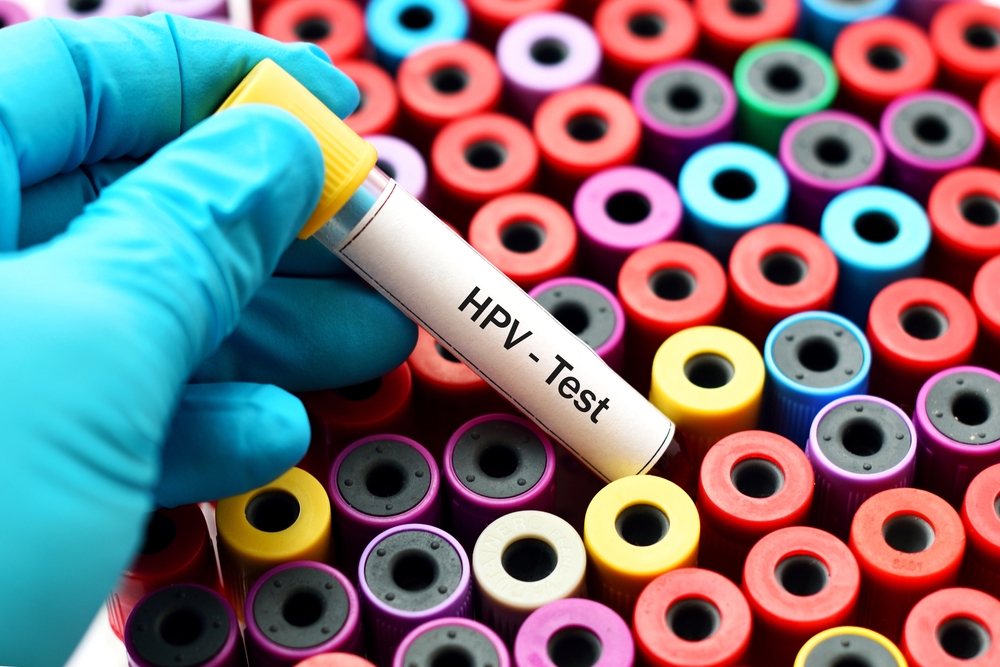
Cervical cancer is a common gynecologic malignant tumor. Previously, it was thought that the onset population was women over 50 years old. However, in recent years, the onset trend is younger and younger.
Among many cancers, cervical cancer is the only cancer with definite pathogenic cause at present, that is, persistent infection of high-risk HPV (Human Papilloma Virus) is a necessary condition for canceration.
For patients with high-risk HPV virus infection and CIN changes (cervical precancerous lesions), LEEP conization is recommended in many cases.
Do you need LEEP coning in what’s case? What can avoid LEEP coning? Today, Dr. Clove will take a look with you.
What is LEEP cone?
LEEP conization uses ultra-high frequency radio waves generated by high frequency radio knives. At the moment of contacting body tissues, the tissues themselves absorb the radio waves to generate high heat, which makes the water in cells form steam waves to complete various surgical purposes such as cutting and hemostasis.
LEEP conization has become a conventional method for the treatment of CIN (cervical precancerous lesions) due to its simple operation, short operation time, less intraoperative hemorrhage and quick recovery of patients.
However, LEEP coning also has disadvantages that cannot be overlooked.
Disadvantage 1: Risk of recurrence after LEEP conization
The results showed that the recurrence rate of CIN patients after LEEP was 12% after at least one year’s follow-up. The recurrence rate of CIN grade II and III patients after LEEP was 30% within two years.
So, why does it recur? There are at least the following reasons:
- First of all, HPV is an exotic virus, it is not produced by itself, so we must understand that there are many opportunities for people to be infected with high-risk HPV virus in their life and there is no way to accurately control it. Secondly, conization cannot cut off the virus, but the most fundamental reason for CIN change is the infection of high-risk HPV, the virus is invisible, and the only thing we can see is the result of the change.
-
Another worse result is that due to the exposure of basal tissue during LEEP, the cervical state is relatively fragile for a period of time after LEEP, which can lead to deeper latency and faster development of high-risk HPV in some patients.
This also explains why the recurrence rate after LEEP is relatively high.
Disadvantage 2: LEEP resection is up to 3 times,
The cervix can withstand the maximum LEEP resection for no more than 3 times. Many patients who are still infected with high-risk HPV after 3 times of conization can only have their uterus removed.
I often see girls who have LEEP conization twice in outpatient clinics have not given birth yet. After many LEEP conization, the cervical opening is at sixes and sevens, and it is often impossible to find the cervical opening normally. How can it not be difficult to give birth in such a cervical state?
What is even more painful is that these girls did not have everything left. During the follow-up after resection, it was found that there were many high-risk virus infected persons again, and the rate of pathological changes after infection was not low. Then the next choice they faced was to remove the uterus.
After the uterus is removed, For the whole pelvic tissue, Its integrity is destroyed, Our internal organs will be displaced and sagged due to the absence of a uterine part. Therefore, many women who have their uterus removed will suffer from long-term pain in their daily life. The reason for the pain is that the whole removal operation affects many nerve injuries, so this influence will involve sitting, lying, walking and other aspects of life, which will reduce the quality of life.
Disadvantage 3: May Affect Fertility
I met a lot of HPV infected people in the outpatient department. During the communication, many people said that when high-risk HPV virus or CIN I level was found before, some doctors would suggest that they should undergo conization immediately, but regular hospitals are cautious in giving advice on conization.
As mentioned earlier, for girls who have not given birth after LEEP conization twice, the cervical opening is at sixes and sevens after LEEP conization many times, and the cervical opening cannot be found normally in many cases. However, after the operation, the secretion of cervical mucus will be affected and the resistance of sperm to enter the uterus will increase. The integrity of the cervix is destroyed, and the position of the cervical orifice is mostly changed, thus the difficulty of giving birth will naturally increase.
In addition, because LEEP destroys the integrity of the cervix, the length of the cervix becomes shorter, the cervical wall becomes thinner, and the supporting force decreases, miscarriage occurs during pregnancy due to the thin cervical wall leading to the failure of the child.
I met a 27-year-old patient, this is the case. Finally, only by suturing the cervical orifice can I [pocket] the growing child, and only by removing the suture can I give birth.

Only when what is considered LEEP?
Since it takes about 5 ~ 10 years or even longer from high-risk HPV infection to cervical cancer, and high-risk HPV virus is not impossible to remove, cervical cancer can be completely prevented and controlled. However, patients can often be seen leaving messages to me saying:
How am I treated like this? Isn’t it said that it will take 5 ~ 10 years to become cancerous? Didn’t you say LEEP is the safest? Isn’t it said that high-risk HPV viruses can be self-eliminated?
In fact, medicine is not so absolute. Although there are so many [not to say how to do it], in fact none of them is specific to your specific situation.
The experience of others is the basis for our reference, but it does not necessarily follow this trajectory. If resection is selected due to simple [cervical erosion], high-risk HPV infection or CIN I grade, the side effects after resection are far greater than the disease itself before resection.
At present, conization is not the only choice for the treatment of CIN changes, especially for unmarried and unpregnant women, a softer and safer method is more suitable. Therefore, my suggestion is:
- For barren women, It is suggested that LEEP conization should not be put in the first place of selection. For the rapid development of the disease, the disease itself is serious, In addition to the cancer stage, LEEP conization can be considered according to the actual situation of patients for those who have reached CIN III and have developed rapidly and have not much room for treatment time.
There are also some women who are only at high risk of HPV infection, but LEEP coning is used to remove the virus, This method makes me feel very puzzling, At the same time, I also feel very sorry, because the operation cannot remove the virus, and the treatment of high-risk HPV does not need to [go to war]. At present, there is no drug that can cure HPV, mainly relying on one’s own immunity to remove the virus, plus regular examination, timely treatment, will not affect women’s fertility.
Speaking of which, Dr. Clove should remind everyone to have a scientific understanding of the disease. This is the top priority. Only by learning more and understanding more can we avoid detours and unnecessary injuries.
